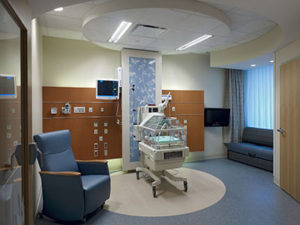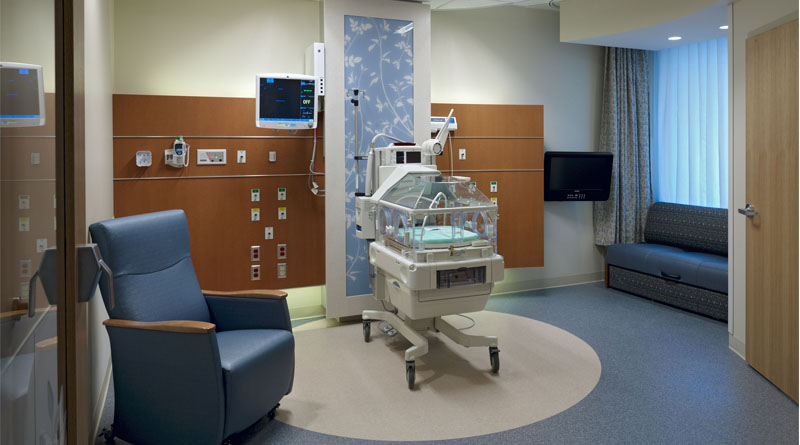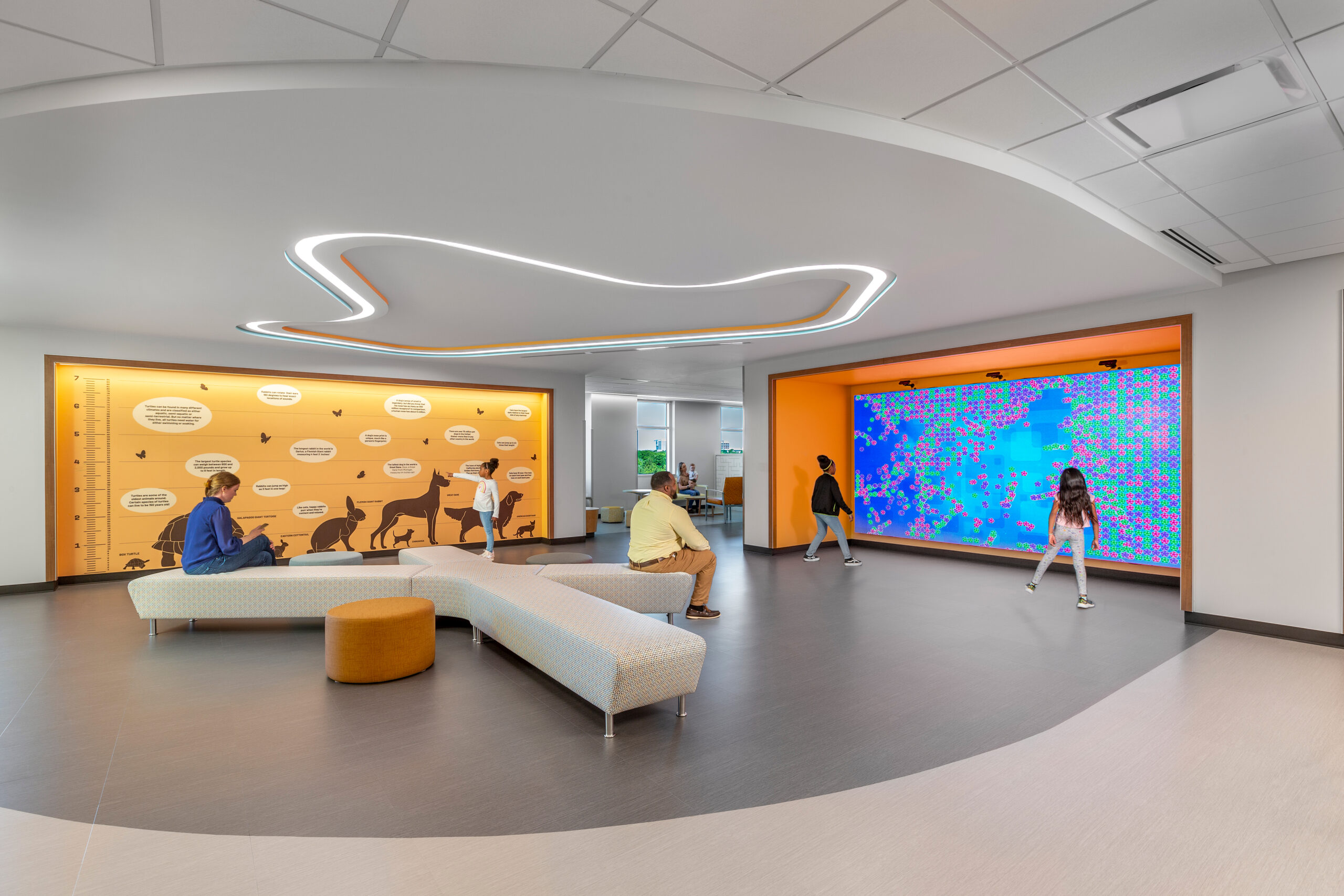By Mitchell Bryant
The LEED for Healthcare green building rating system is an arrangement of guidelines and performance standards for certifying health care facilities. The goal is to promote clean, healthy, affordable, durable and environmentally friendly practices into the construction and design of the building. The rating system consists of points or credits accumulated by saving energy, having accessible public transportation and mitigating the effects of stormwater runoff.

To earn LEED certification, a health care project must fulfill all prerequisites and qualify for a minimum number of credits. After the credits are calculated, the facility gets receives a Silver, Gold or Platinum rating. The design of the building is particularly important, but the interior components also play a significant role in achieving LEED certification in a hospital setting. Here are six prerequisites to consider when attempting to achieve LEED for health care.
Sustainable Sites
The site on which the facility sits is one of the most important considerations when it comes to the relationship between the health care facility and the environment. LEED for health care aims to strengthen this relationship by minimizing facility impacts on its neighboring habitat.
Water Efficiency
Water usage has sadly become something that many take for granted. Long showers, flushing a toilet or even brushing one’s teeth consume more water than we generally realize. Sustaining water is a key aspect in achieving LEED certification. For this reason, it is important to look at ways to reduce consumption or choose the correct products and materials that can help reach this goal.
Energy & Atmosphere
The burning of fossil fuels is known to be a key contributor in the production of carbon dioxide. Understanding new approaches to alleviate stresses on the atmosphere is a main focus for achieving sustainability.
Materials & Resources
When it comes to materials and resources, LEED wants facilities to consider materials that will have less impact on the environment by using recyclable content such as green flooring. This type of flooring is sustainably harvested from environmentally friendly, reclaimed sources. Options include bio-based tile, carpet and carpet tiles, terrazzo and polished concrete.
Indoor Air Quality
Air quality is important to every facility, yet it may be even more important when it comes to a health care facility. In a place designed to promote healing, air-quality issues should to be non-existent.
Innovation & Design
Innovation and design targets the use of new ideas and techniques for green design and construction. Required prerequisites include project planning and design to maximize opportunities for integrated, cost-effective adoption of green design and construction strategies. Credits can include innovation in design, which provides design teams and projects the opportunity to achieve performance above the requirements set by the LEED rating system.
By focusing on these topics that LEED for health care covers — as well as other facility-specific sustainability goals — your facility will establish itself as a site that promotes clean and healthy practices, both indoors and out. Not only will you be increasing the quality of the patient’s experience, but you can also obtain benefits that come along with following sustainable standards.
Mitchell Bryant is the communications specialist at Spectra Contract Flooring.






